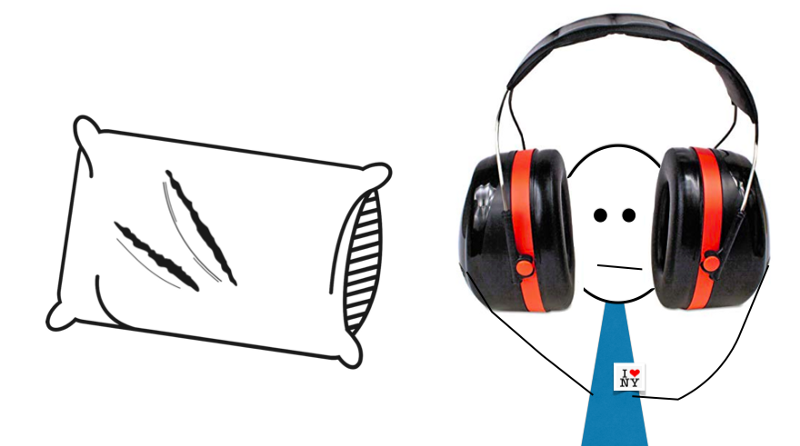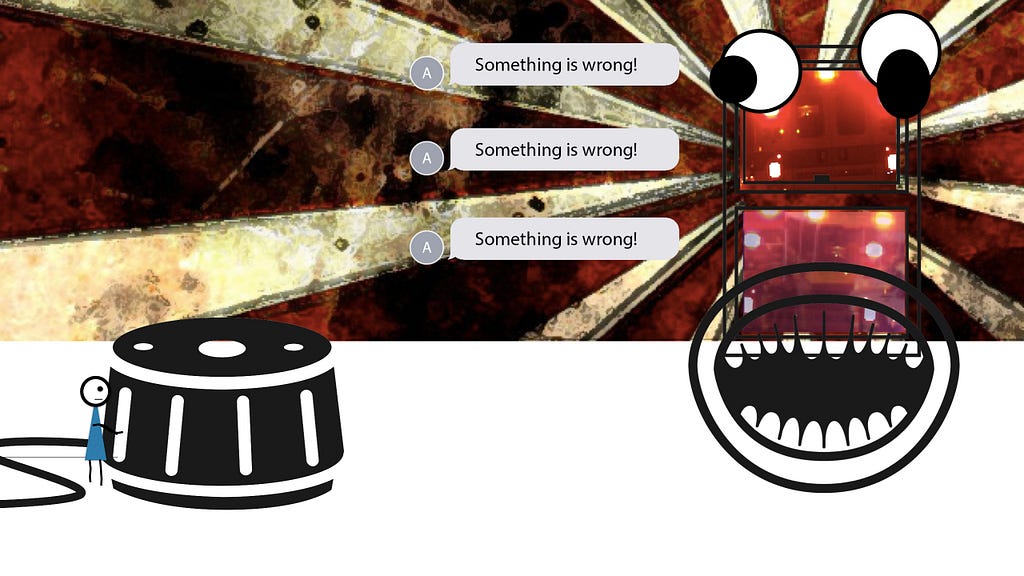Latest news about Bitcoin and all cryptocurrencies. Your daily crypto news habit.
In 1967, Marshall McLuhan famously coined the phrase “The medium is the message” to express why a communication medium — not necessarily the content it carries — should be the focus of study.
McLuhan showed us how technology extends our central nervous system. He wrote, “In the electric age we wear all mankind as our skin.”
In this piece, I’d like to challenge you to think more critically about sound as a medium. In what ways does sound extend our nervous system? My theory is that many of us are mindlessly consuming an inordinate amount of unwanted noisy information and that it’s not only costing us our health but also our ability to think clearly. The first step to recovery is to admit there’s a problem.
Sound: vibrations that travel through the air and can be heard when they reach a person’s ear.
Noise: unwanted sound.
On How Sound Travels in New York City
I’ve survived a decade in New York, so I’m well-versed in all its splendors: the energy, the people, and the widespread vitamin D deficiency. New York is the city that never sleeps, right?
Well, I’m not sleeping. On a near nightly basis living in Manhattan, someone stuck in late-night traffic will press all their weight down on the car horn, forcing me out of sleep and into their nightmare.
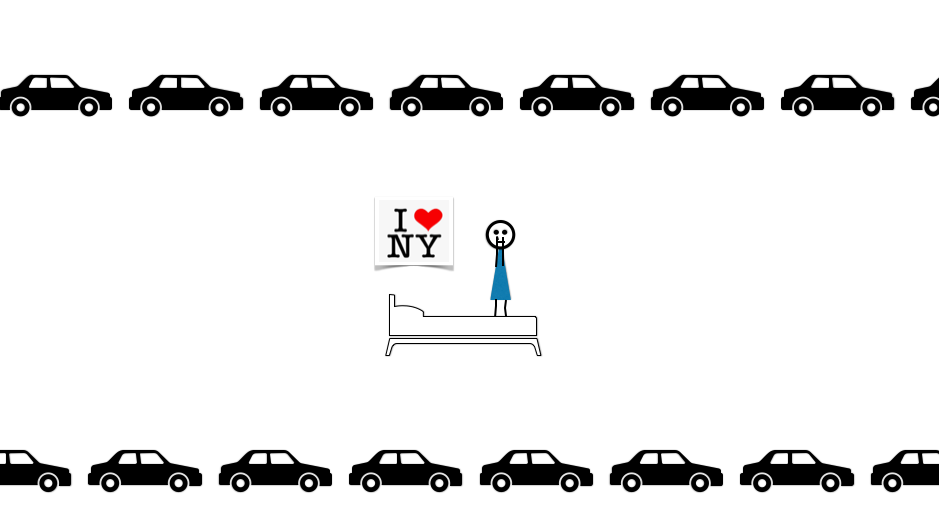 The view from my bedroom — Lower East Side, New York City
The view from my bedroom — Lower East Side, New York City
When a driver honks, they think the message is being communicated directly to the subject of their ire. Only, the truth is that the content of the message never travels between just the two people involved. Anyone else within hearing distance absorbs the message as well.
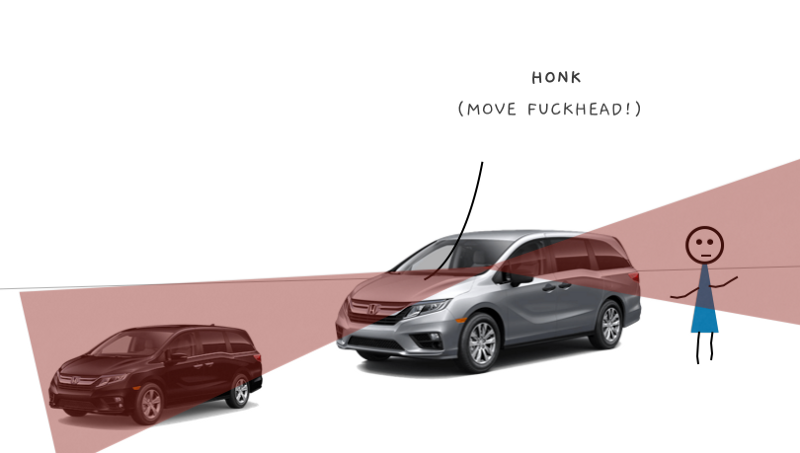
One car horn can be heard for more than a ten block radius, forcing thousands of people, if not more, to participate in every honk, screech, or sputter.¹
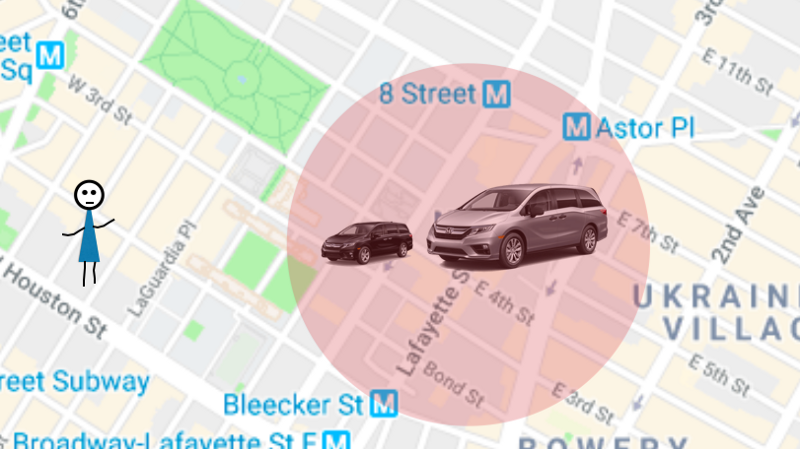
Imagine if New York City noise came to your phone in a text message? It would be the most obnoxious group text message ever. And there’s no way to unsubscribe:
 If New York City noise were a group text
If New York City noise were a group text
What is all this unwanted information doing to us?
According to a 2014 article in The Lancet, environmental noise exposure leads to an increase in depression, anxiety, disease, and host of other negative health effects.
But I didn’t need an expert to tell me any of this. Last year I bought a pair of 3M Optime Earmuffs for $29.99 (aka hunting earmuffs). Over time, I’ve carved out part of my foam pillow so that the earpiece can lock in snuggly while I’m sleeping.
As far as I’m concerned, this is proof enough that noise impairs cognitive function, since any sane person would sooner move to a quieter city than burrow into his pillow like a rat.
But the earmuffs don’t block everything out. So, how do I handle the most awful unwanted sounds? With more sound.
Please enjoy a visual feed of my daily sound diet:
My white noise machine soothes me,
A podcast host speaks into my ears, she says,
Just then an ambulance passes by my window.
How to be more mindful about sound
Environments are invisible. McLuhan writes, “Media, by altering the environment, evoke in us unique ratios of sense perception. When these ratios change, men change.”
In what ways does sound in your environment change you?
Here’s a list of mindfulness exercise that you can use to increase your awareness of the environment that surrounds you. Try taking at least one minute to experience each prompt:
- Close your eyes and listen: What is the closest sound you hear? What is the furthest sound you hear? What other sound do you hear?
- Keep a sound journal: Write down every sound you hear in the room. Everything from a conversation going on outside the room, to the hum of the fridge. What do you hear?
- Where is the quietest place you spend your time? How do you feel?Write down your response.
- Where is the noisiest place you spend your time? How do you feel? Write down your response.
As you move around your environment today, listen closely to the sound you create. If we wish to be more mindful of sound, we must observe and acknowledge the effect on our mind and body. Only then can we improve.
Footnotes
- “One car horn can be heard for more than a ten block radius, forcing thousands of people, if not more, to participate in every honk, screech, or sputter.” Here’s how I arrived at the math: 1) Sound can travel as far as 200 miles away — but for the sake of simplicity, I decided to use the logic that one car horn can at least be heard one mile away. 2) The population density of one square mile in New York City is 27,000 people, and one square mile is roughly equal to 20 New York City blocks. 3) Therefore, in most areas of Manhattan one car horn can be heard by at least thousands of people.
Thanks to Pippa Biddle and Allison Goldberg for reading early drafts and providing countless insights. Additional thanks to the students of One Month: Learn to code in 30 Days.
Special thanks to the voice of Marshall McLuhan:
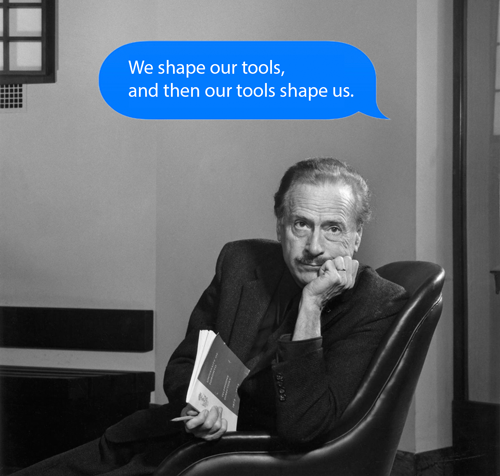 “We shape our tools, and then our tools shape us.” — Marshall McLuhan.
“We shape our tools, and then our tools shape us.” — Marshall McLuhan.
The City That Never Lets You Sleep was originally published in Hacker Noon on Medium, where people are continuing the conversation by highlighting and responding to this story.
Disclaimer
The views and opinions expressed in this article are solely those of the authors and do not reflect the views of Bitcoin Insider. Every investment and trading move involves risk - this is especially true for cryptocurrencies given their volatility. We strongly advise our readers to conduct their own research when making a decision.
